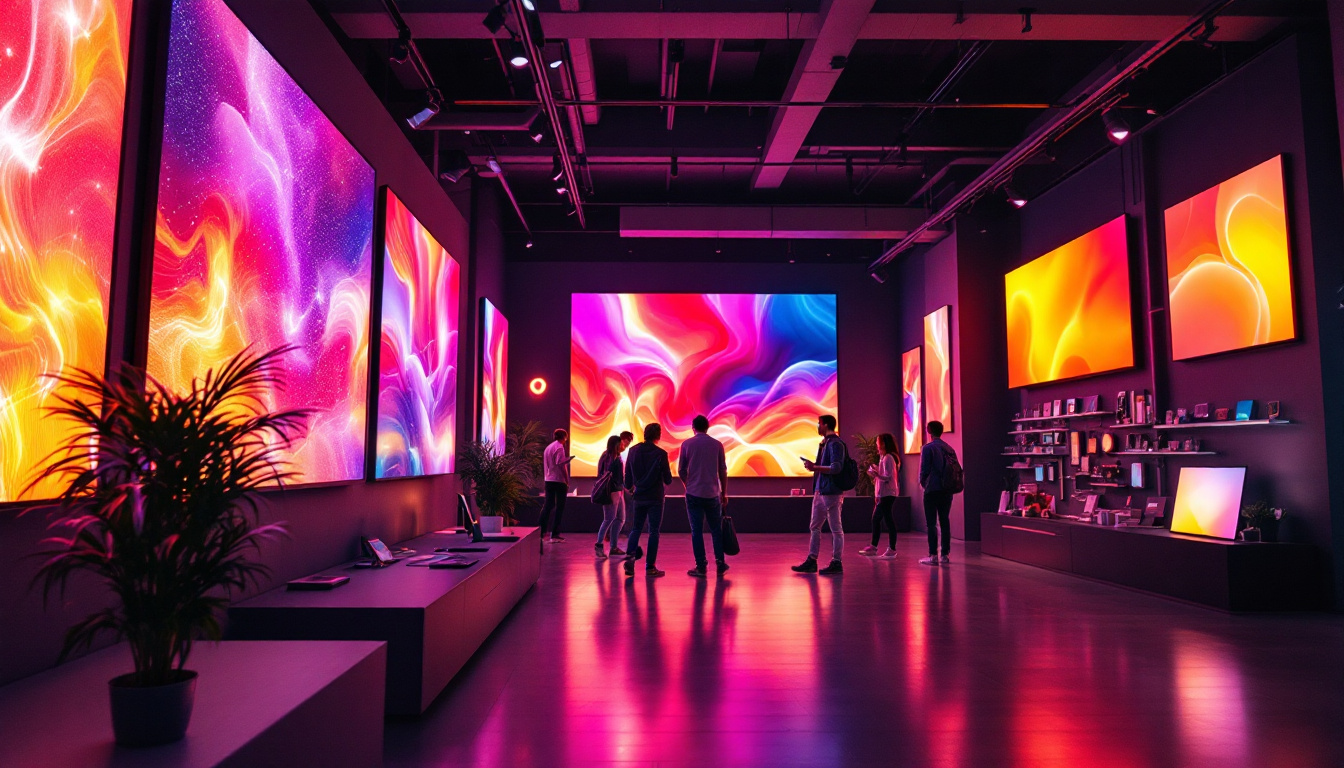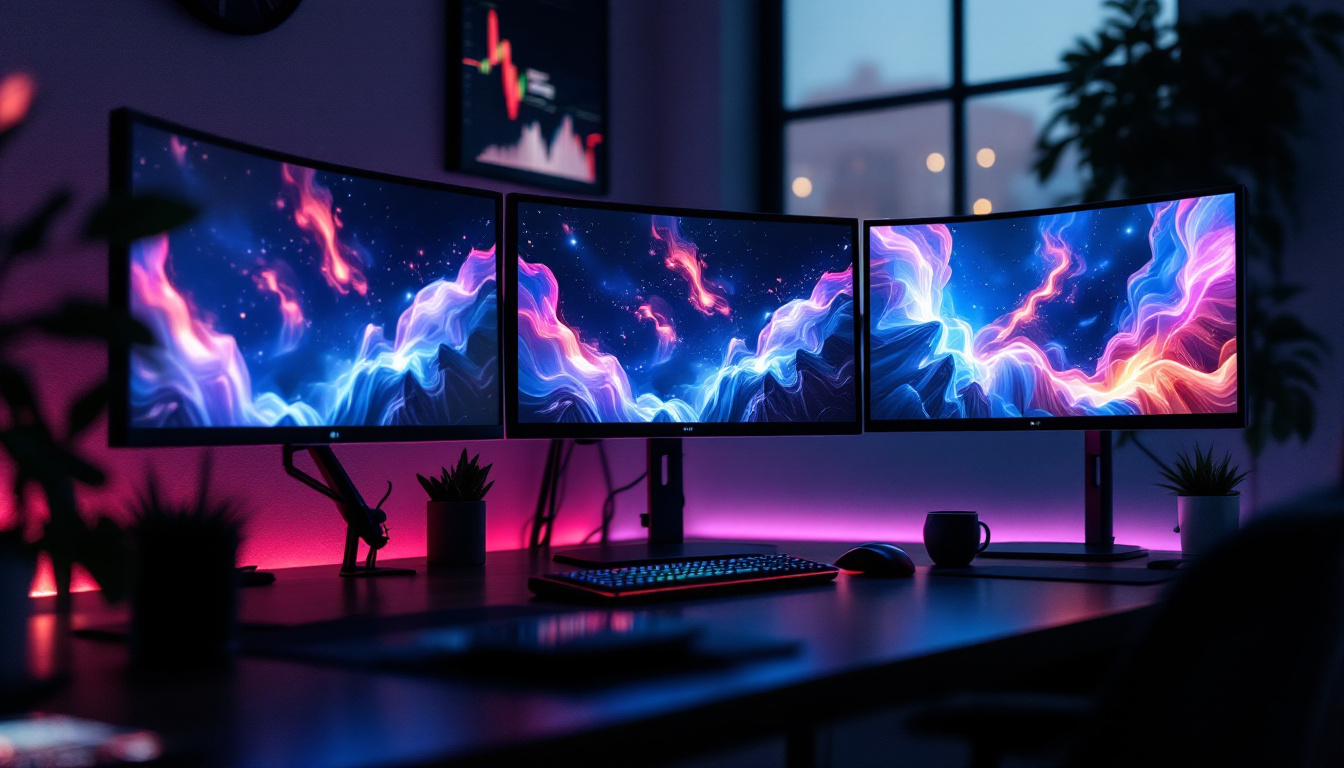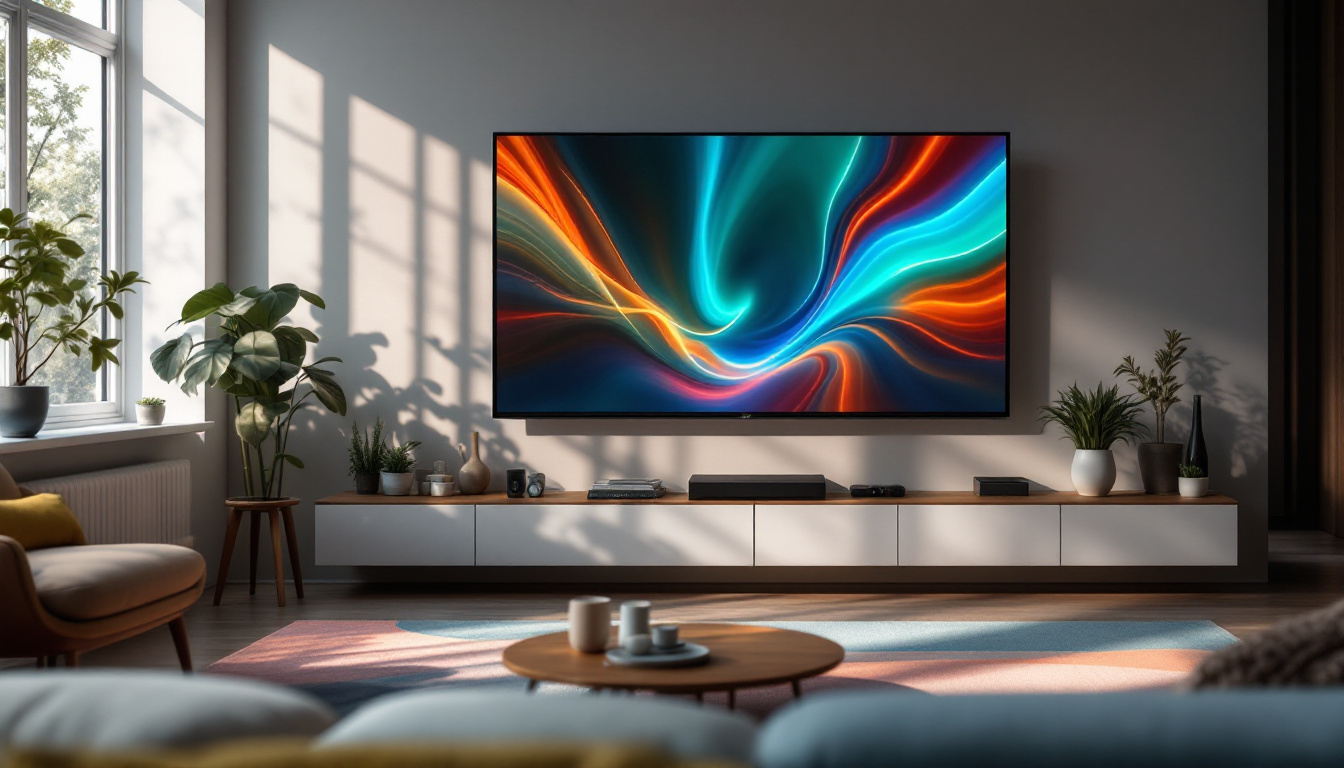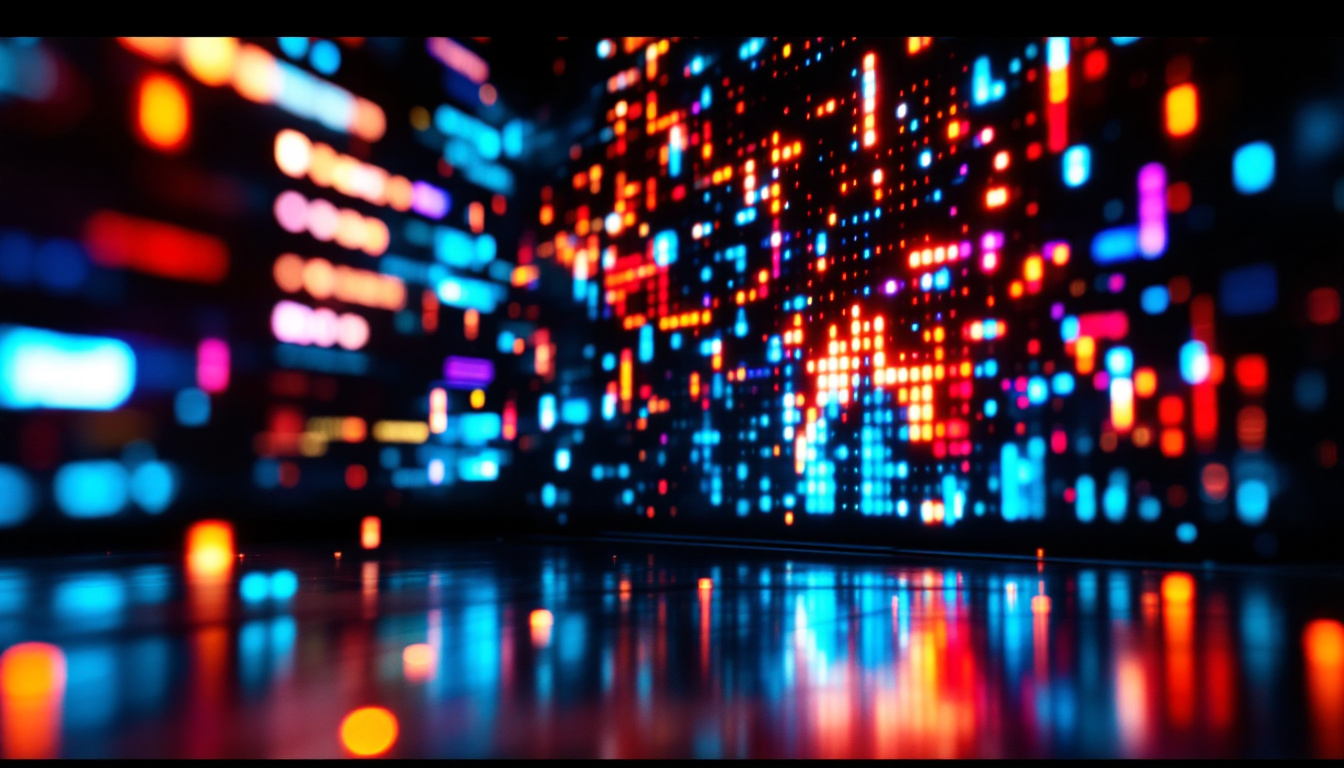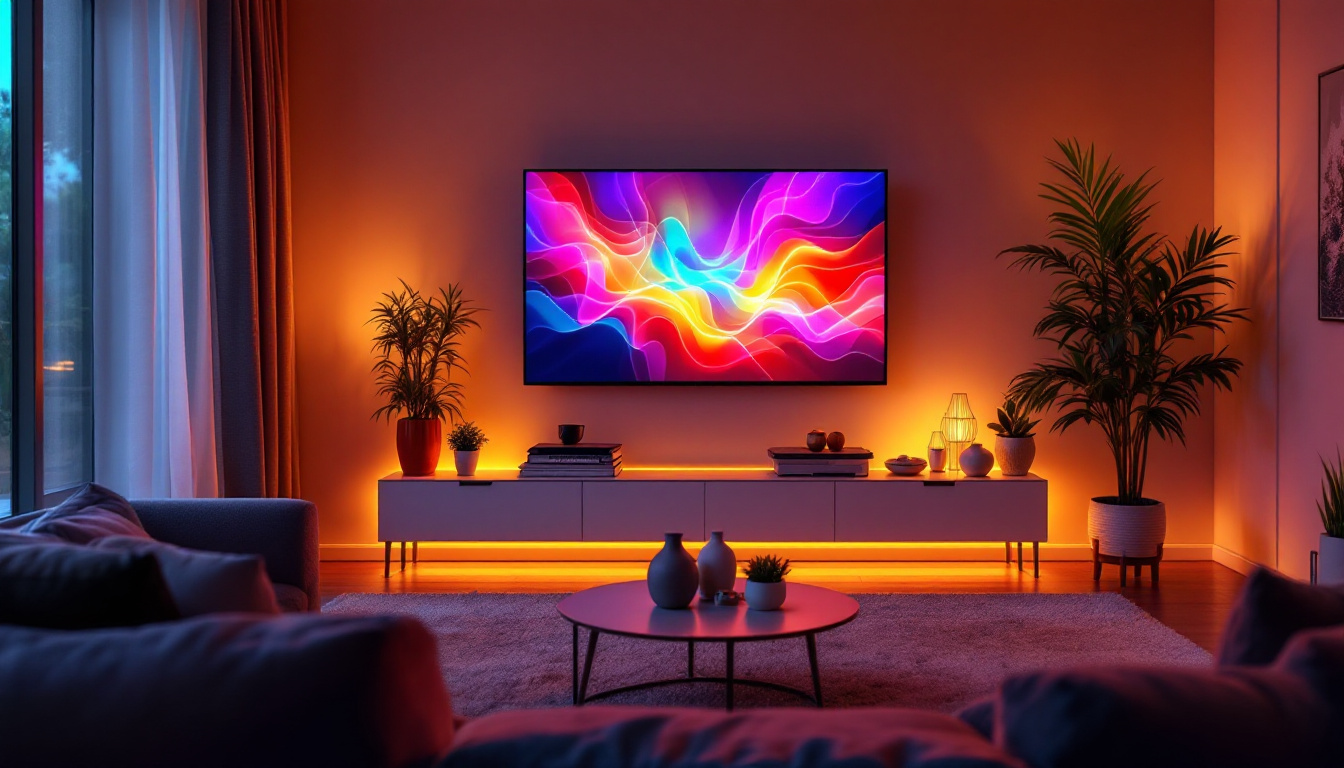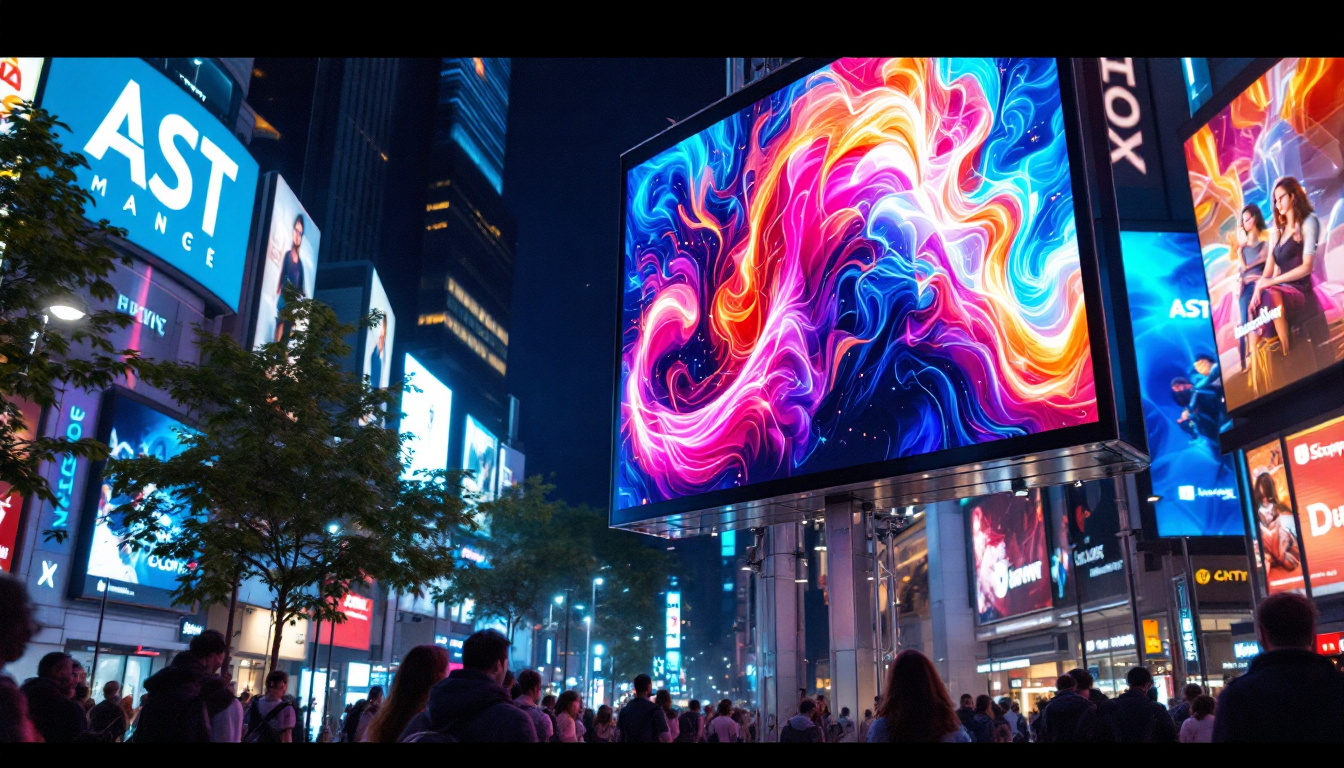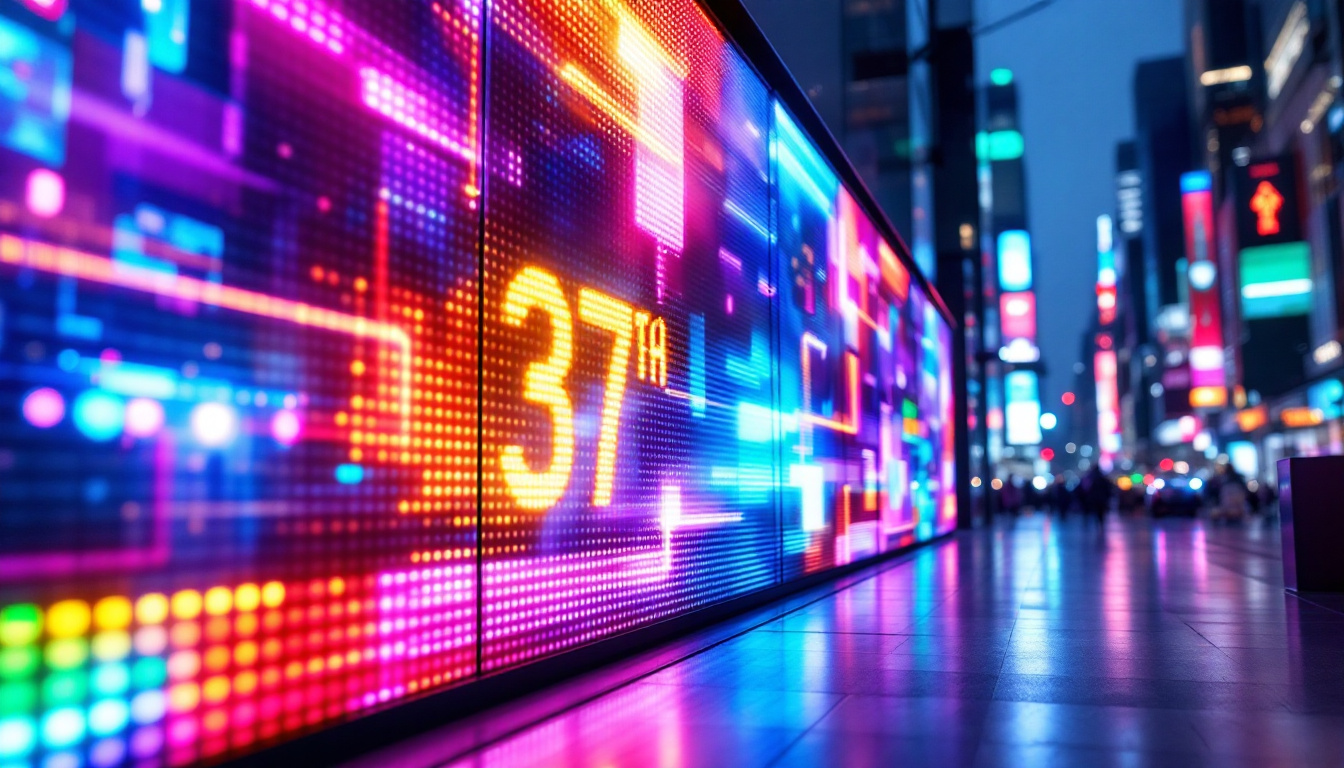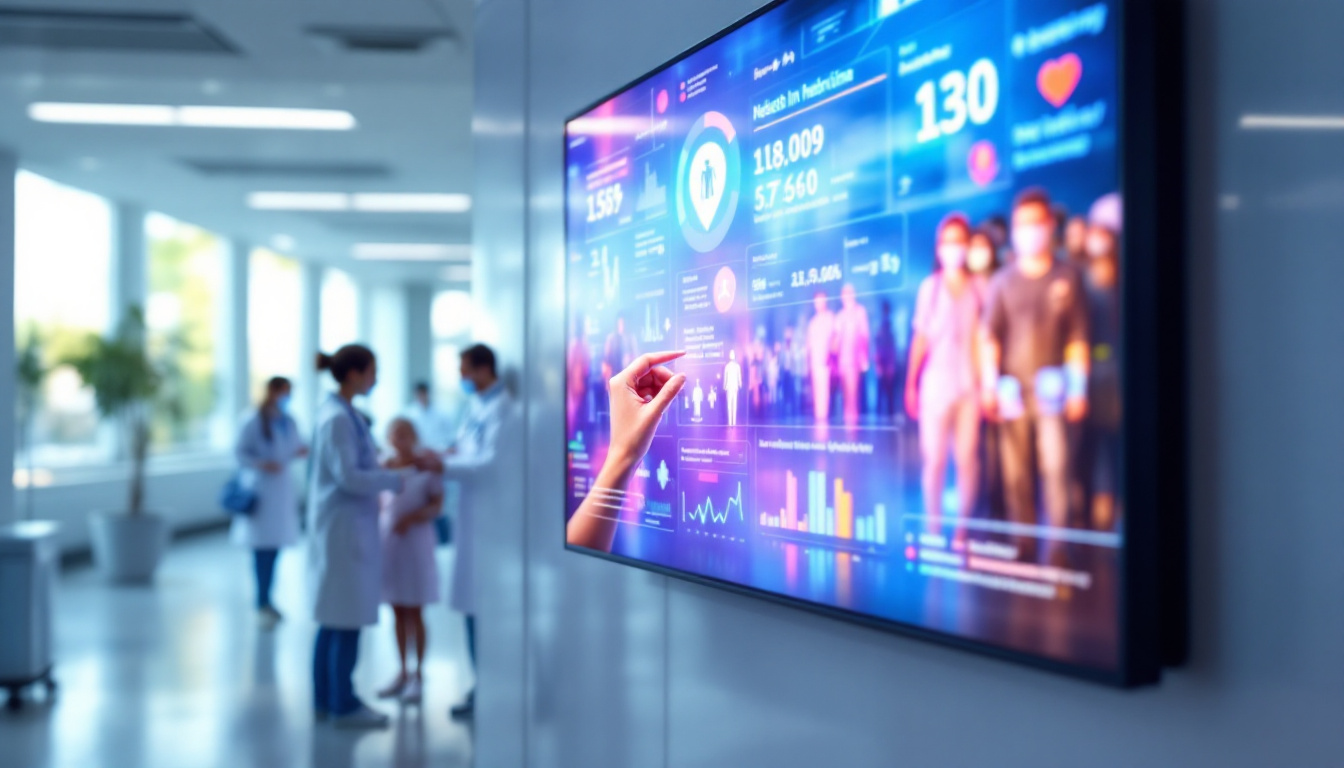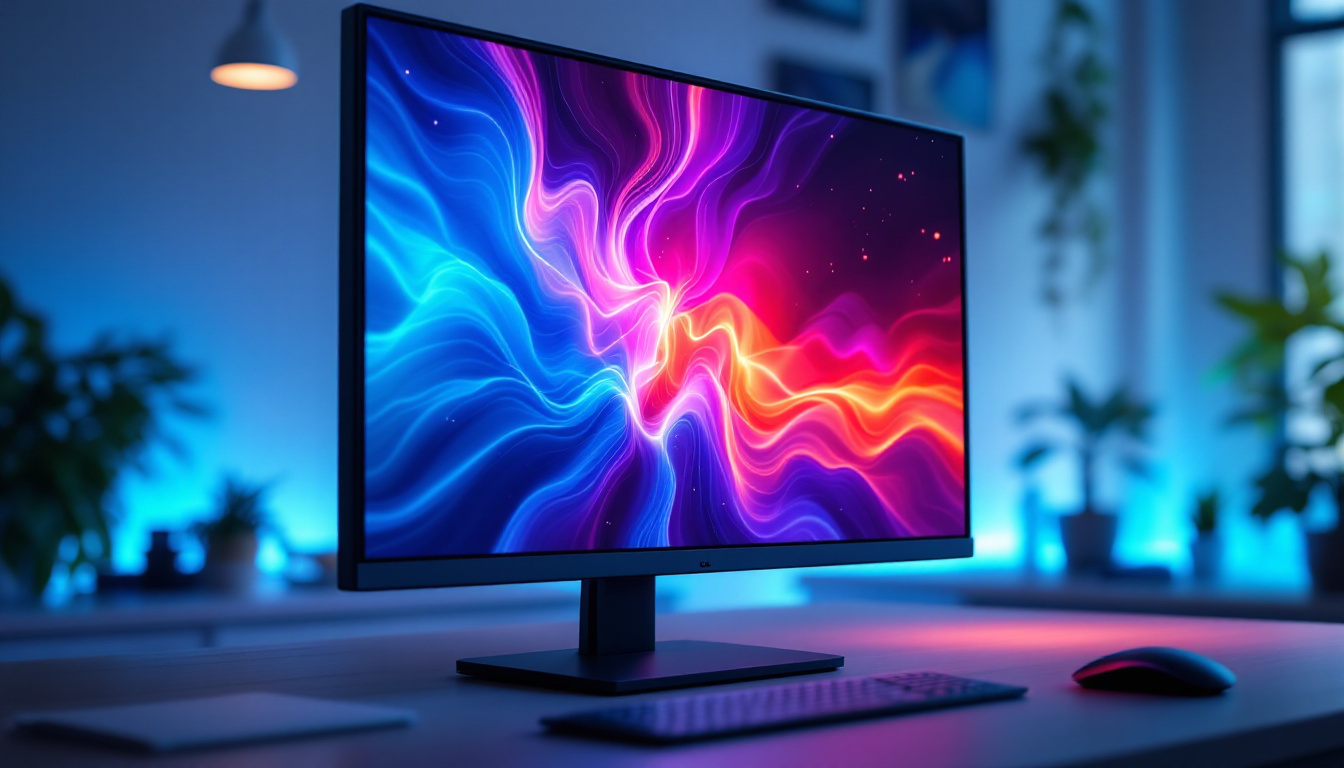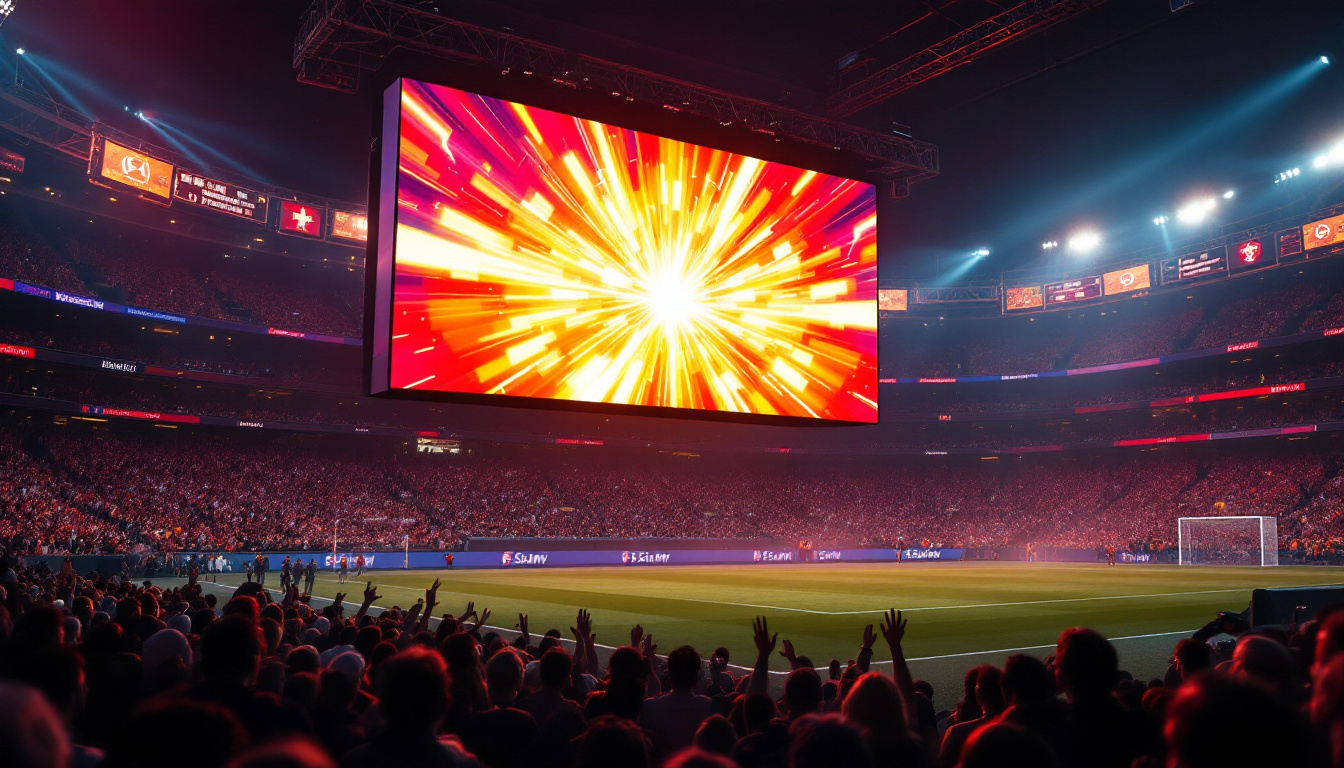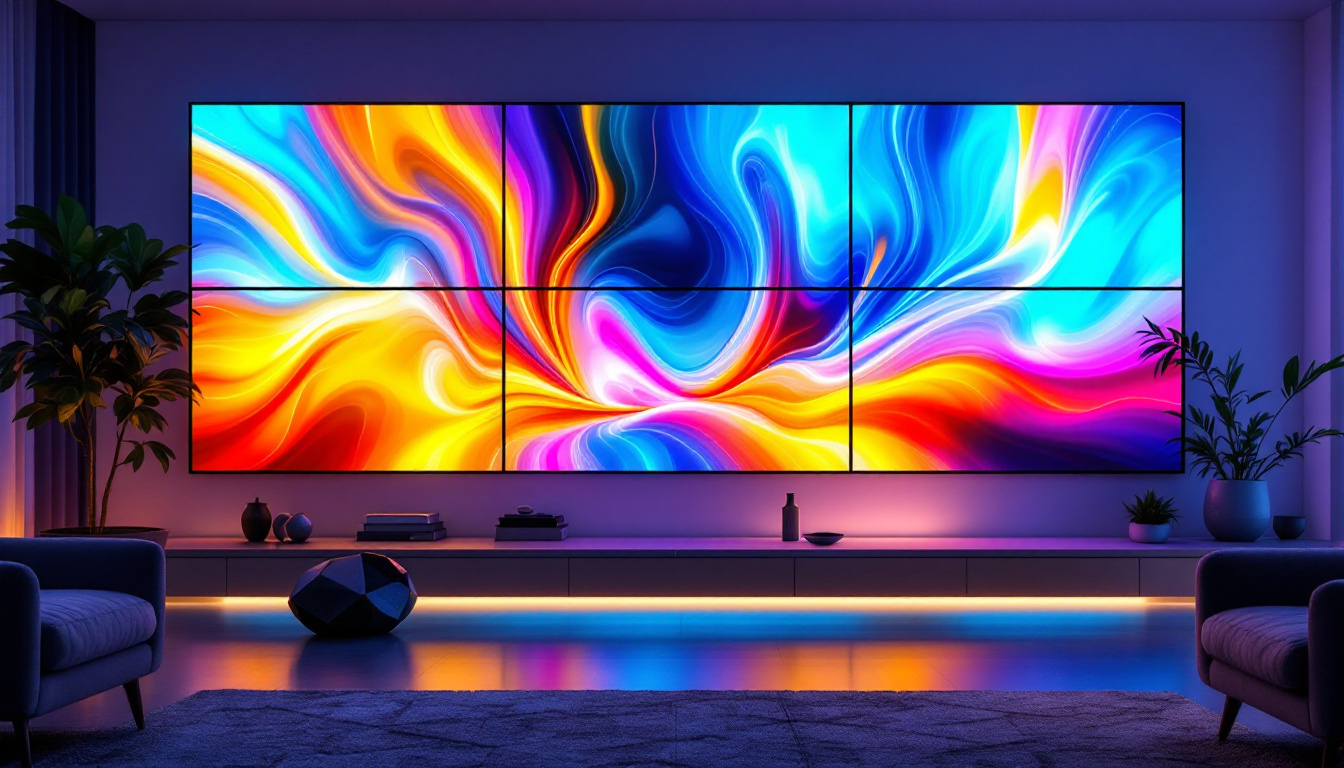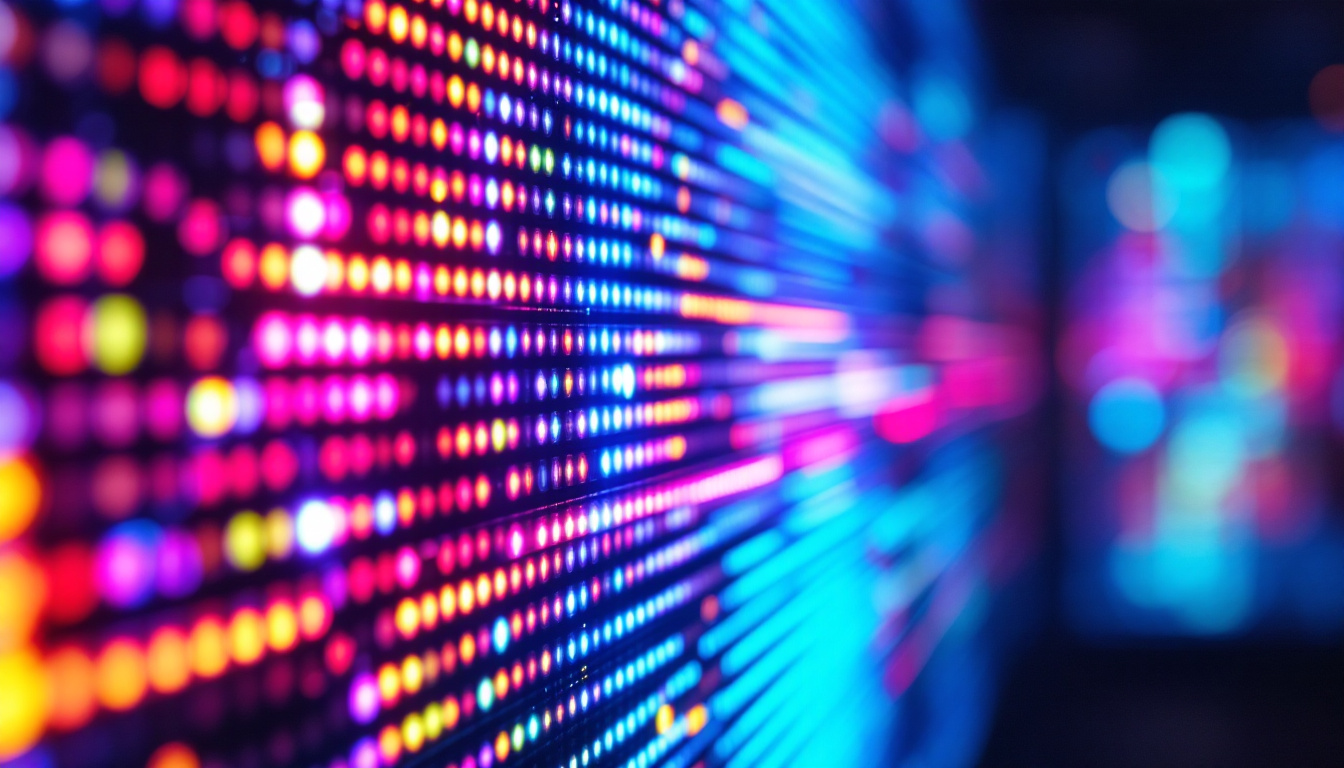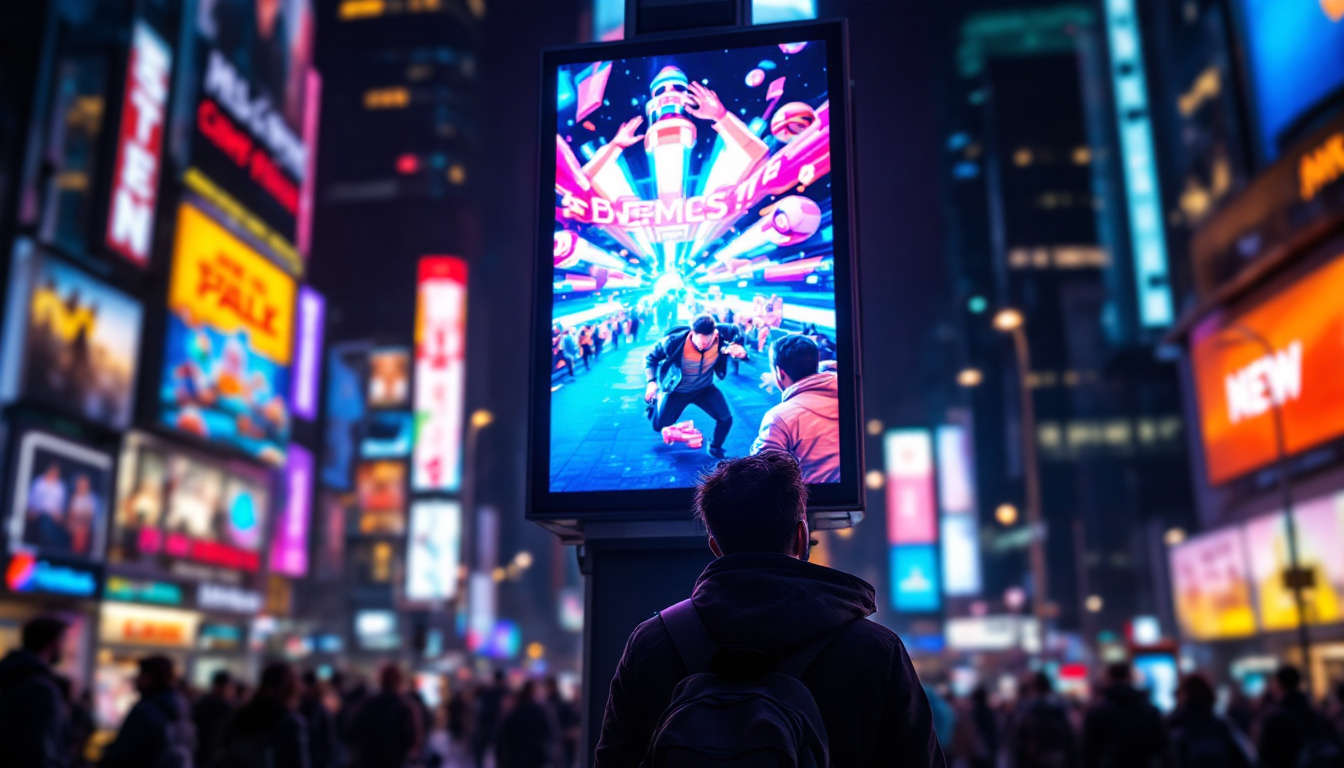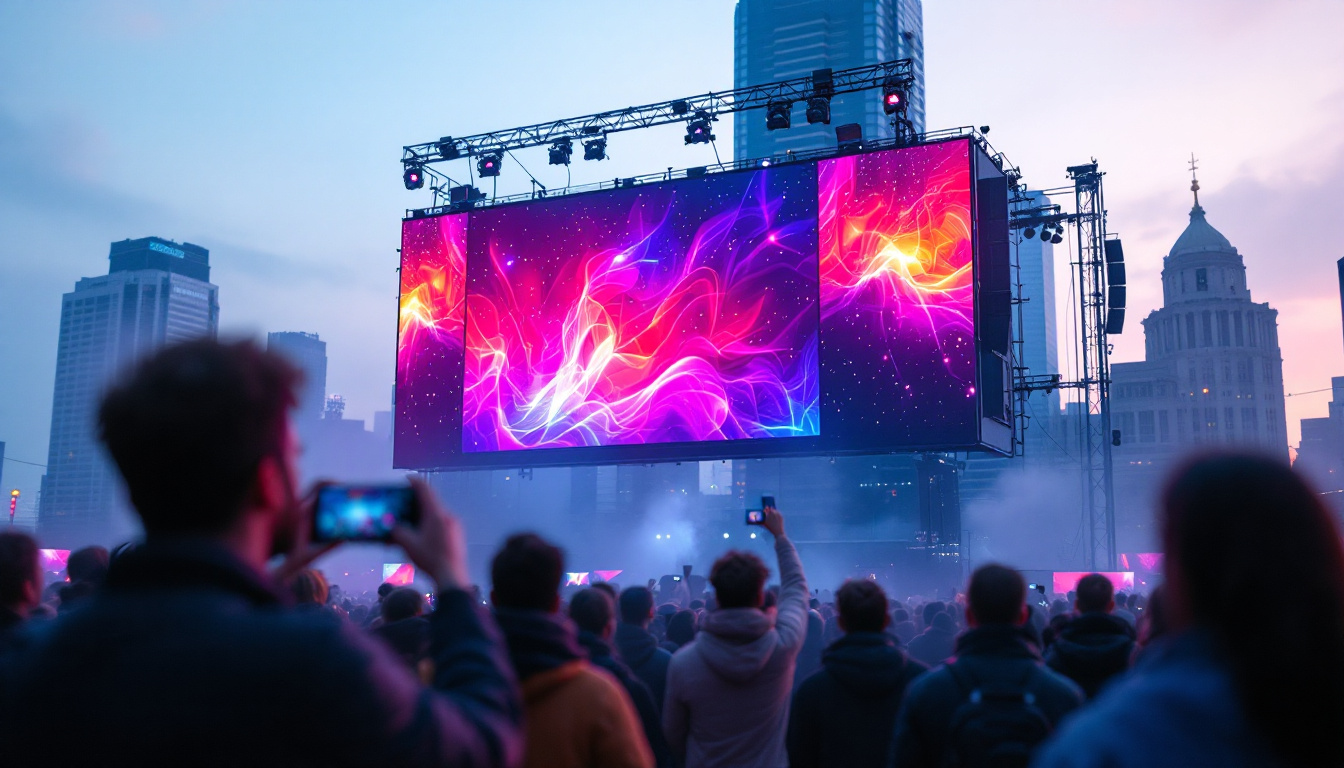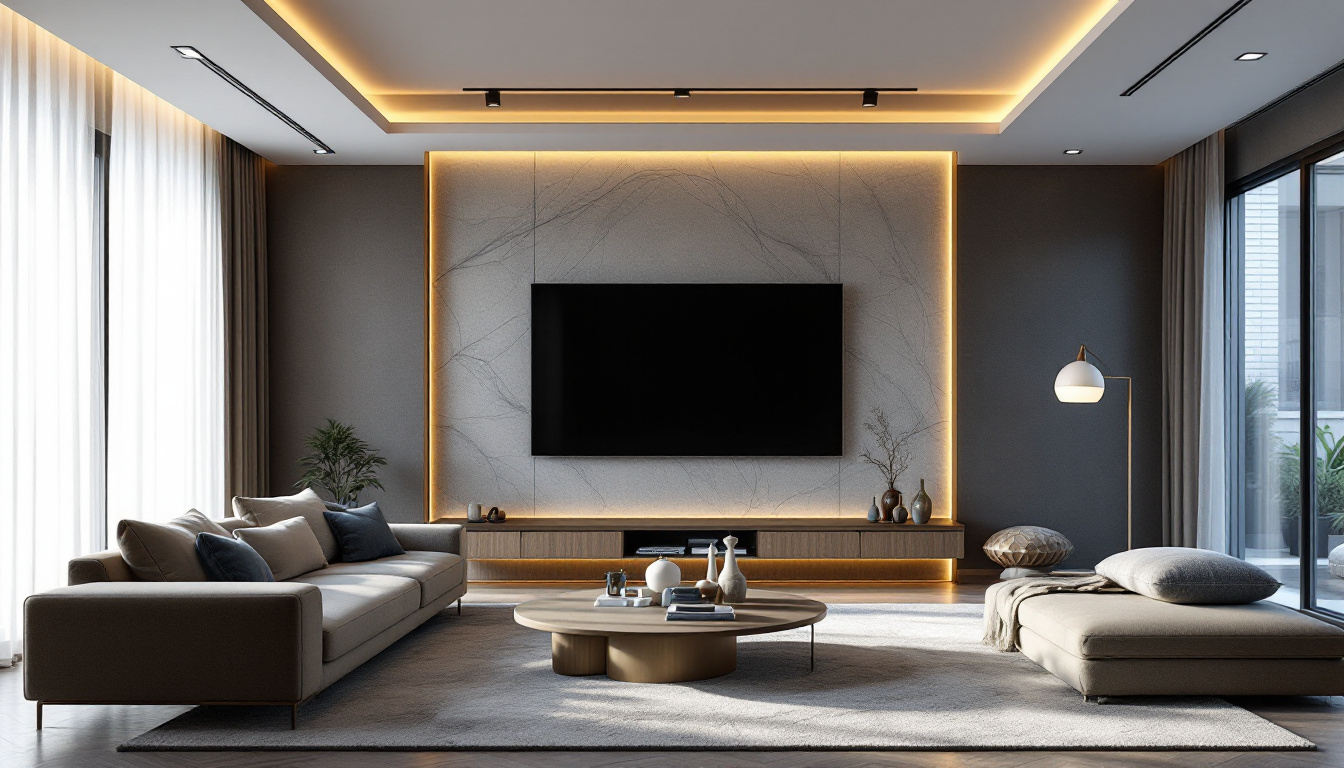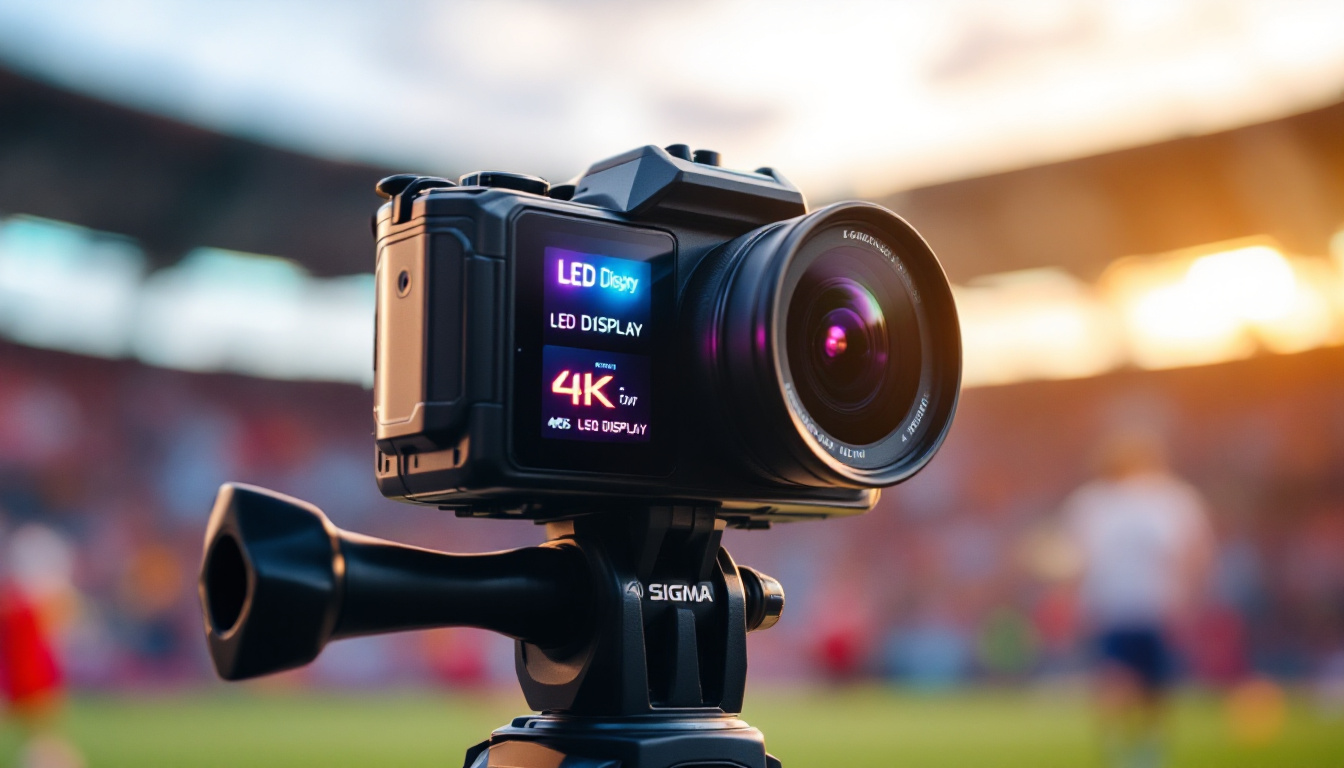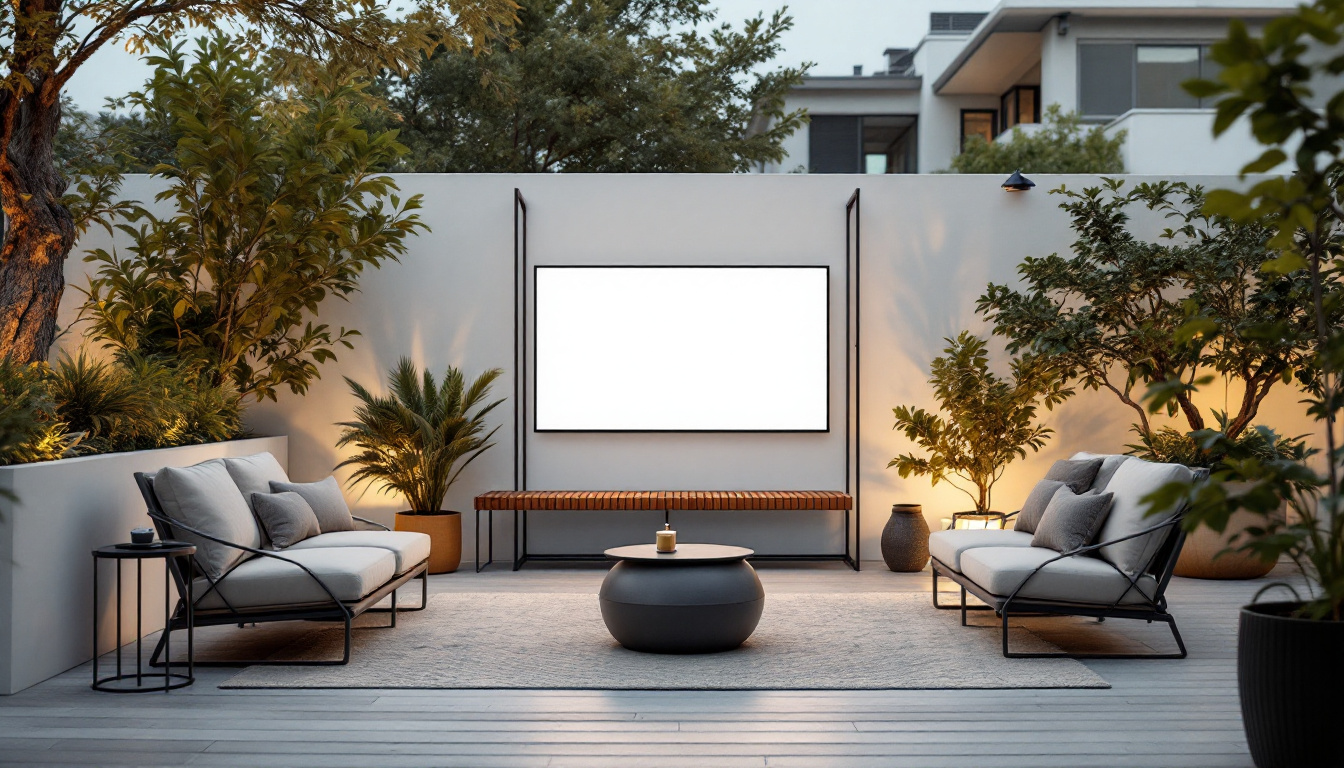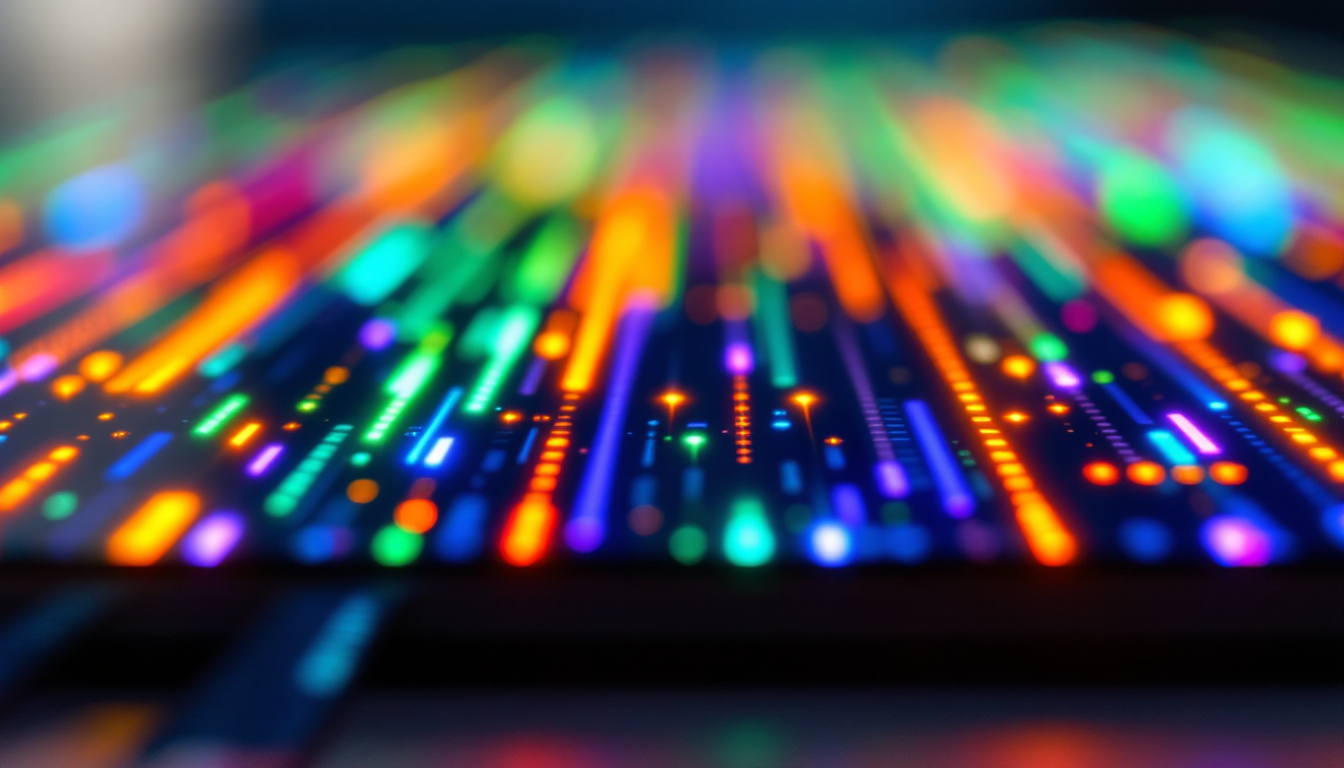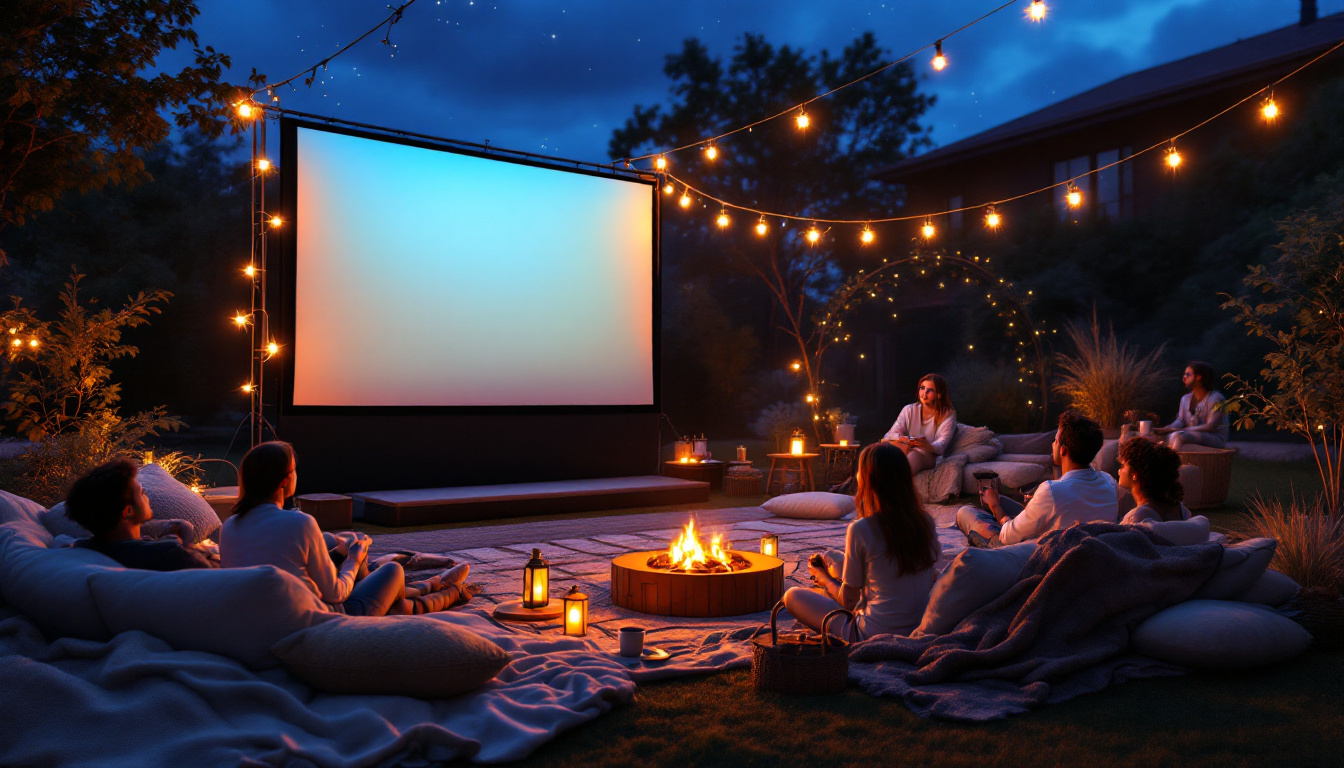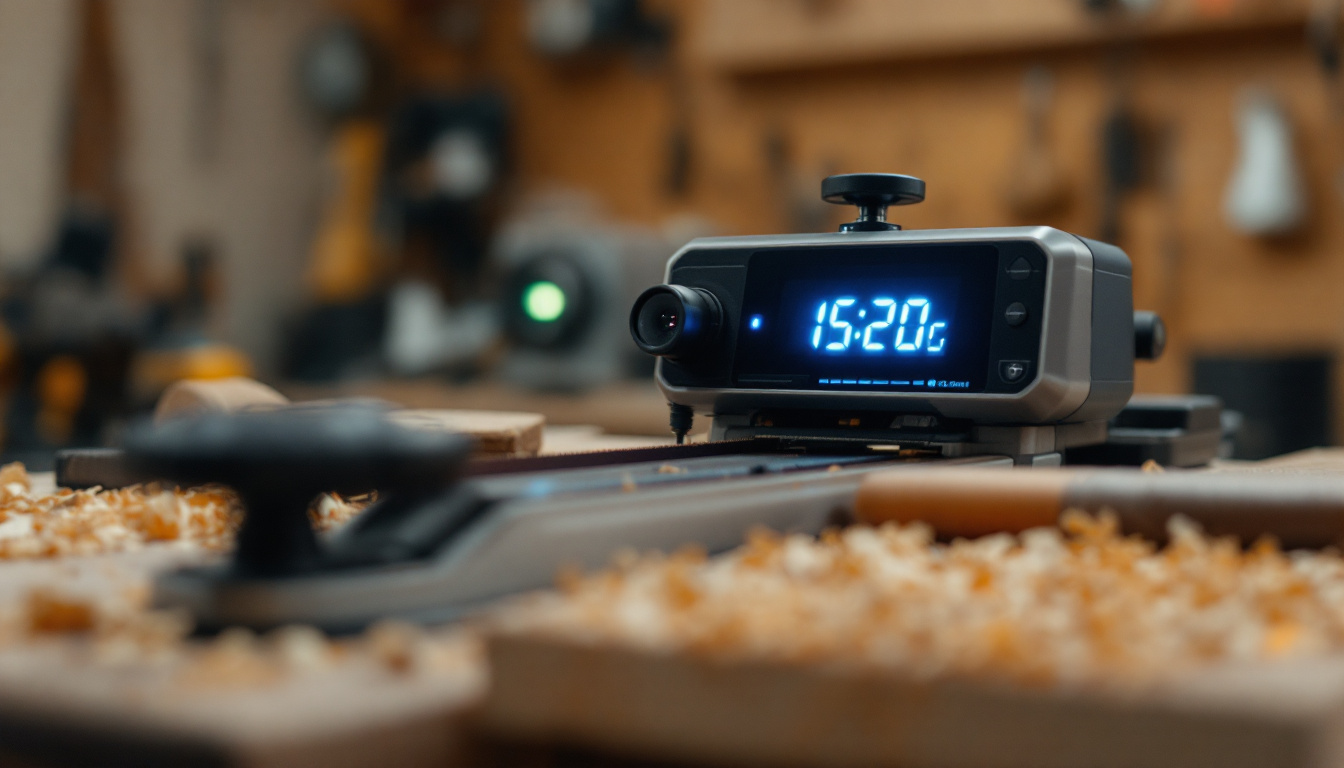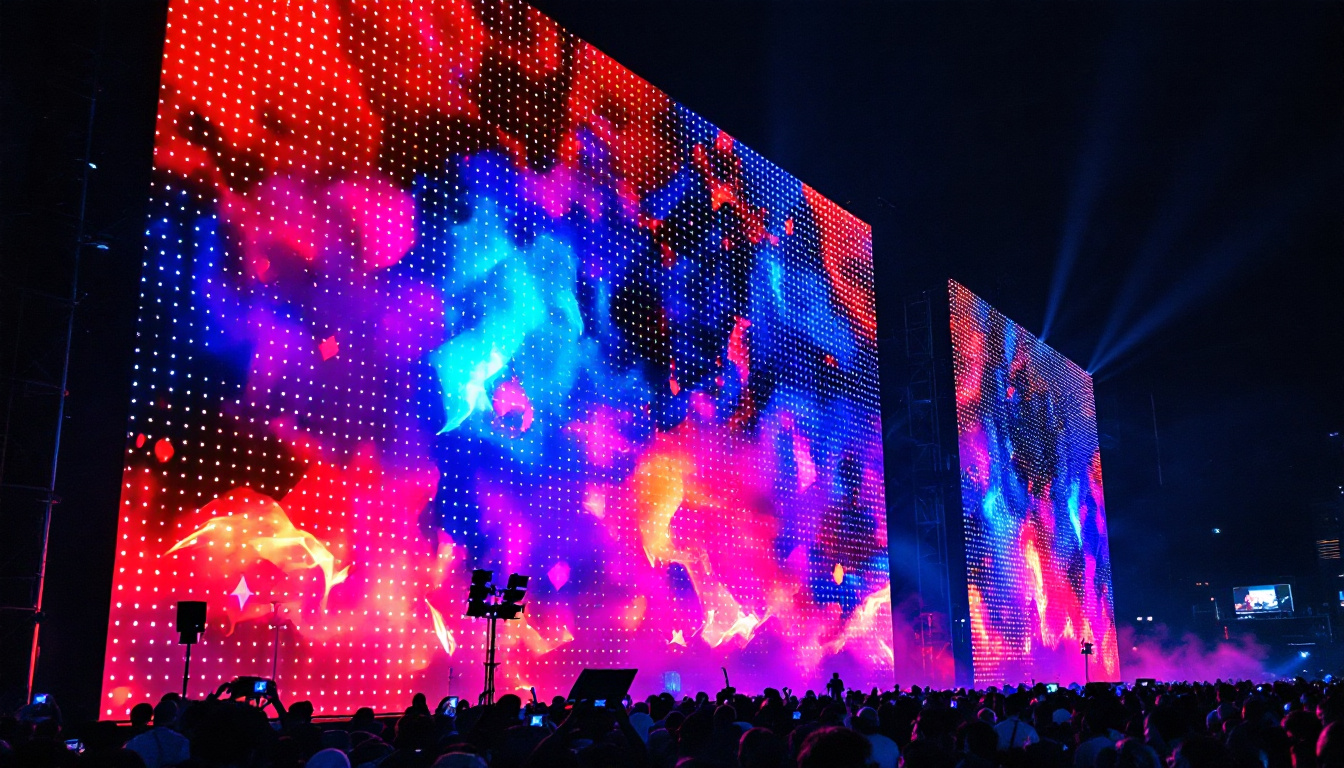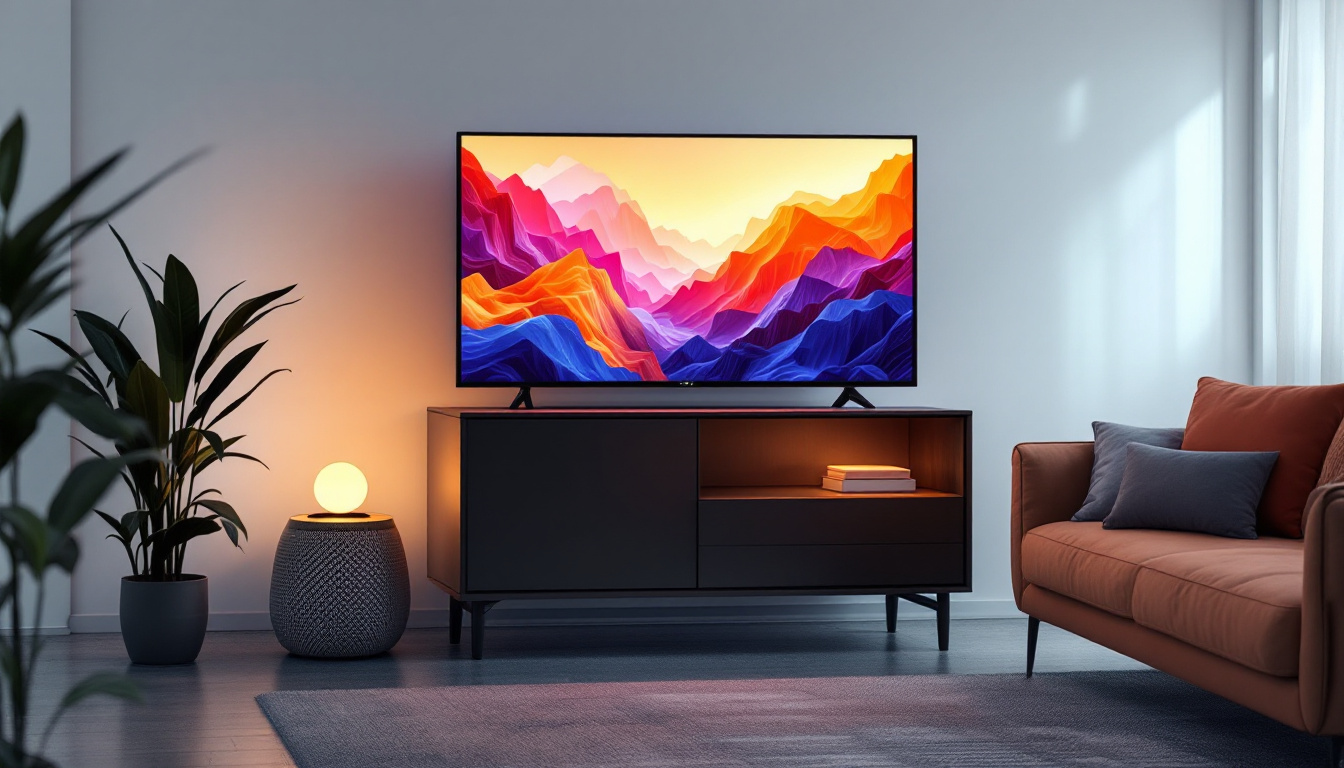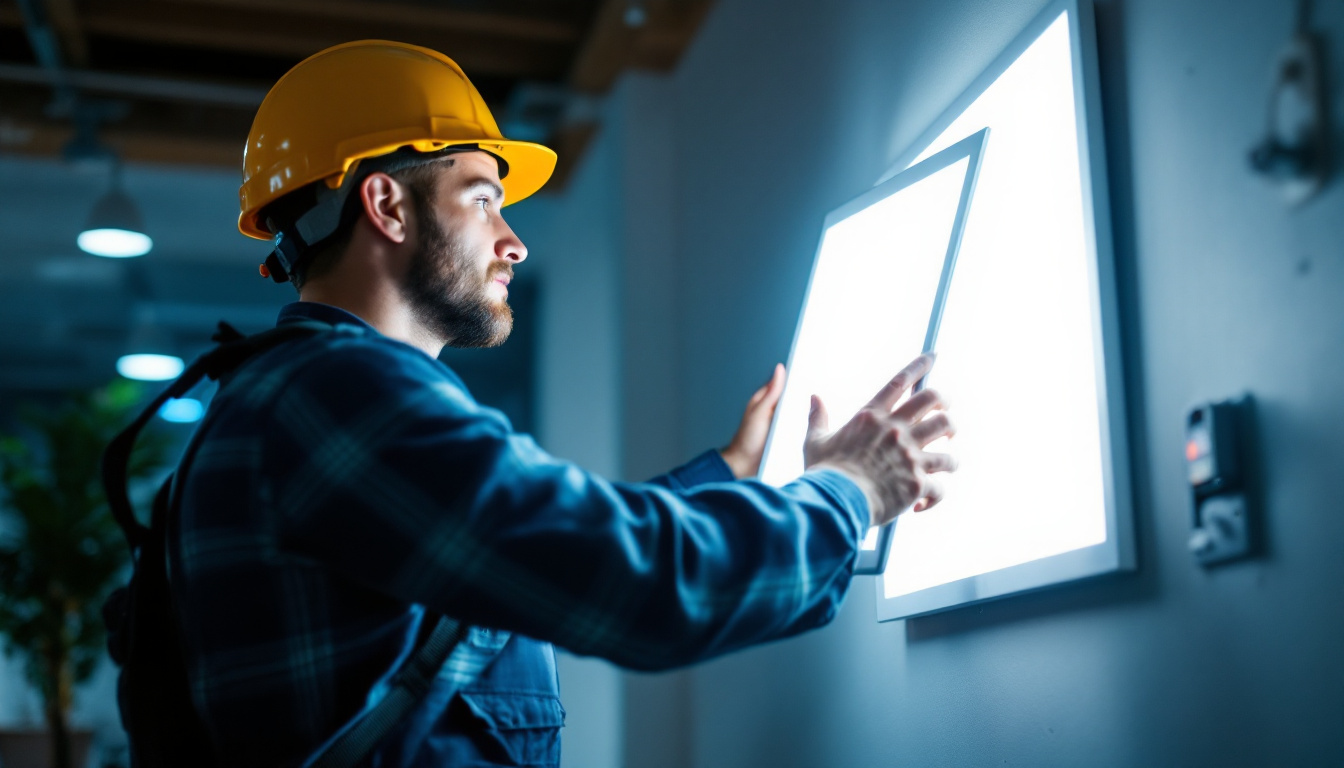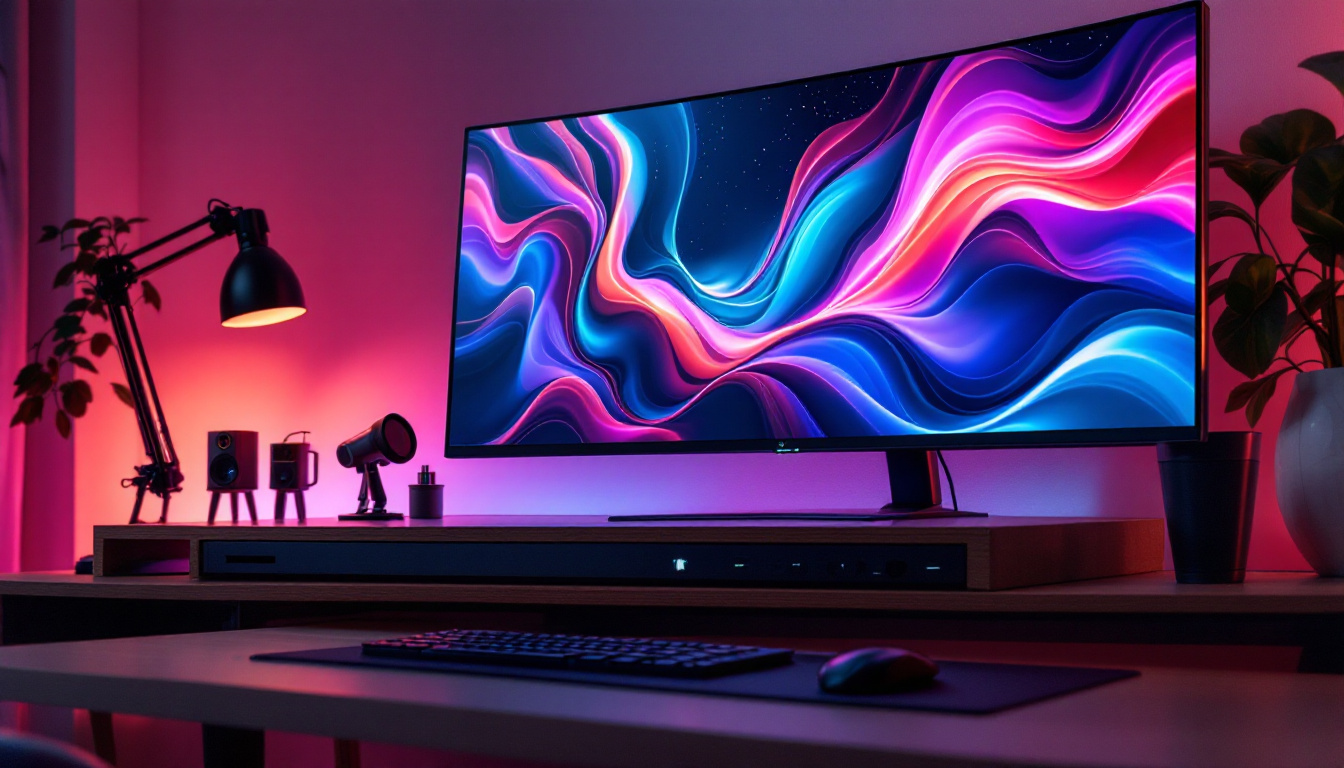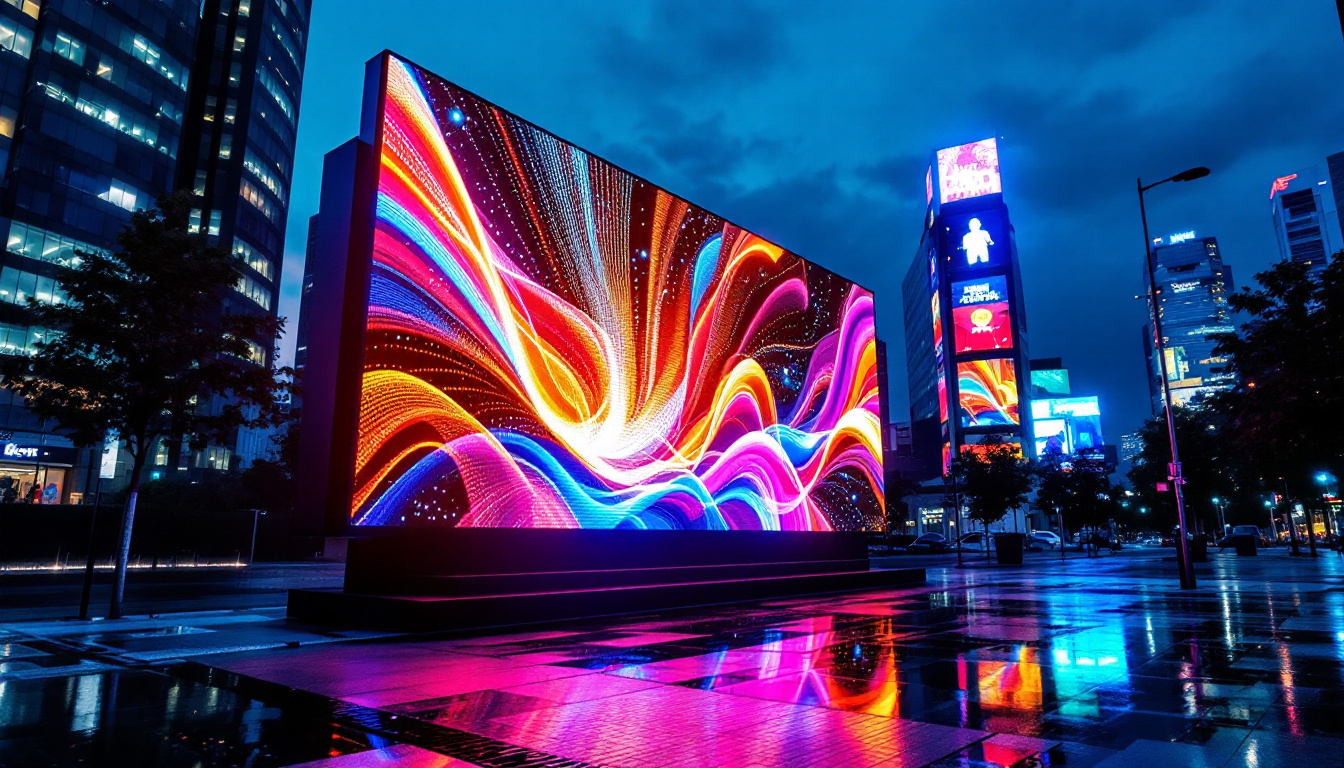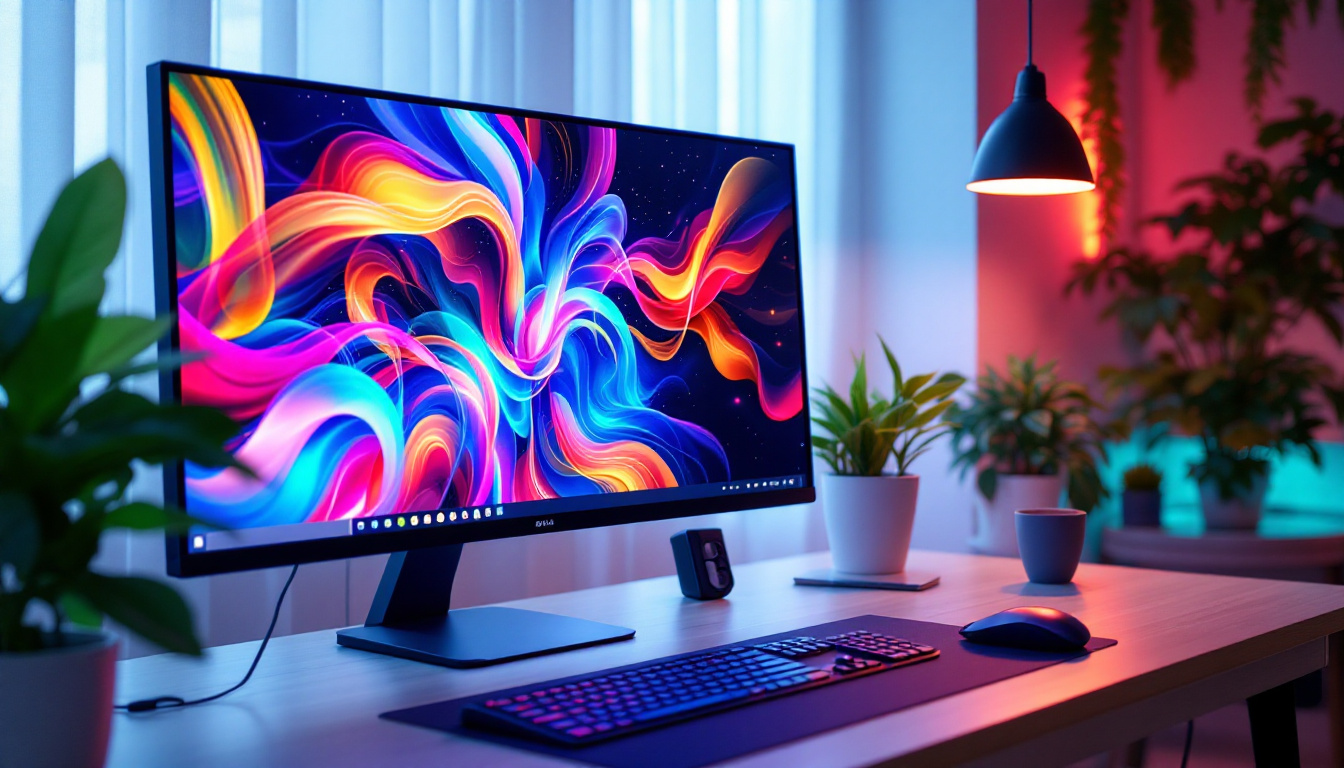In today’s fast-paced retail environment, the importance of effective visual communication cannot be overstated. Showroom Solutions Plus has emerged as a leader in providing innovative LED display solutions that cater to the unique needs of various businesses. This article delves into the intricacies of LED displays, their advantages, and how they can transform the way products are showcased in showrooms.
Understanding LED Display Technology
LED (Light Emitting Diode) displays are a type of flat panel display that utilizes LEDs as the light source. They are known for their vibrant colors, energy efficiency, and versatility, making them a popular choice for both indoor and outdoor applications. The technology behind LED displays has evolved significantly over the years, leading to improved image quality and reduced costs. With advancements in manufacturing techniques and materials, the lifespan of LED displays has also increased, making them a reliable option for long-term use in various settings.
How LED Displays Work
At the core of LED display technology is the arrangement of tiny light-emitting diodes that create images and videos. These diodes emit light when an electric current passes through them, allowing for the display of various colors. The combination of red, green, and blue LEDs can produce a wide spectrum of colors, resulting in stunning visuals. The precision in controlling these diodes enables the creation of intricate designs and animations, which can captivate audiences in both commercial and artistic contexts.
LED displays can be categorized into two main types: direct view and backlit. Direct view LED displays consist of individual LED modules that form the entire screen, while backlit displays use LEDs to illuminate an LCD panel from behind. Each type has its own set of advantages, depending on the intended application. For instance, direct view displays are often favored for their superior brightness and contrast, making them ideal for high-impact advertising, while backlit displays are commonly used in televisions and computer monitors for their ability to produce sharp images in a compact form factor.
Types of LED Displays
There are several types of LED displays available on the market, each designed for specific use cases. Some of the most common types include:
- Indoor LED Displays: Designed for use in shopping malls, airports, and corporate environments, these displays offer high resolution and brightness for clear visibility in well-lit spaces. They often feature advanced technologies like pixel pitch optimization, allowing for closer viewing distances without sacrificing image quality.
- Outdoor LED Displays: Built to withstand harsh weather conditions, outdoor LED displays are typically larger and brighter, making them suitable for billboards and event signage. These displays are engineered with protective coatings and robust housings to ensure durability against rain, wind, and UV exposure, which is essential for maintaining performance over time.
- Transparent LED Displays: These innovative displays allow for visibility through the screen while still showcasing content, making them ideal for retail environments where product visibility is crucial. By utilizing a grid of LEDs, transparent displays can blend seamlessly into storefronts, providing a modern aesthetic while delivering engaging advertisements without obstructing the view of merchandise.
Another emerging type of LED display is the flexible LED screen, which can be bent or shaped to fit unique architectural designs. This adaptability opens up new possibilities for creative installations, allowing designers to incorporate dynamic visuals into their projects. Additionally, advancements in microLED technology are paving the way for even higher resolutions and improved energy efficiency, promising to revolutionize the display industry further. As these technologies continue to evolve, we can expect to see even more innovative applications that enhance our visual experiences in everyday life.
The Advantages of LED Displays
LED displays offer numerous advantages over traditional display technologies, making them an attractive option for businesses looking to enhance their visual marketing strategies. Here are some key benefits:
Energy Efficiency
One of the most significant advantages of LED displays is their energy efficiency. Compared to traditional incandescent or fluorescent displays, LED technology consumes significantly less power. This not only reduces operational costs but also contributes to a smaller carbon footprint, making it an environmentally friendly choice.
High Brightness and Contrast
LED displays are known for their exceptional brightness levels, which enable them to perform well in various lighting conditions. This high brightness, combined with excellent contrast ratios, ensures that content is easily viewable even in direct sunlight or brightly lit environments. As a result, businesses can effectively capture the attention of passersby, driving foot traffic and increasing sales.
Longevity and Durability
LED displays are built to last, with a lifespan that often exceeds 100,000 hours. This durability ensures that businesses can rely on their displays for years without the need for frequent replacements. Additionally, LED technology is more resistant to shock and vibration compared to traditional display technologies, making it suitable for high-traffic areas.
Applications of LED Displays in Showrooms
LED displays have found their way into various industries, particularly in showroom environments where visual appeal is paramount. Here are some of the most common applications of LED displays in showrooms:
Product Showcasing
One of the primary uses of LED displays in showrooms is to showcase products. High-resolution displays can present products in stunning detail, allowing customers to appreciate features and specifications. By using dynamic content, businesses can highlight promotions, new arrivals, or seasonal offerings, keeping the showroom experience fresh and engaging.
Interactive Displays
Interactive LED displays can enhance the customer experience by allowing shoppers to engage with the content. Touchscreen technology enables users to browse through product catalogs, view videos, or even customize products in real-time. This level of interactivity not only captivates customers but also encourages them to spend more time in the showroom.
Brand Storytelling
LED displays can be utilized to tell a brand’s story, creating an emotional connection with customers. By showcasing videos, testimonials, and behind-the-scenes content, businesses can convey their values and mission effectively. This storytelling approach fosters brand loyalty and helps customers feel more connected to the products they are considering.
Choosing the Right LED Display for Your Showroom
Selecting the right LED display for a showroom involves careful consideration of various factors. Here are some key aspects to keep in mind:
Display Size and Resolution
The size and resolution of the LED display are crucial in determining its effectiveness. Larger displays are more impactful, especially in spacious showrooms, while higher resolutions ensure that content is sharp and clear. Businesses should assess their space and the viewing distance to choose an appropriate size and resolution that meets their needs.
Brightness Levels
Brightness levels are essential for ensuring visibility in different lighting conditions. Indoor displays typically require lower brightness than outdoor displays, which must be bright enough to stand out in direct sunlight. Evaluating the showroom’s lighting environment will help in selecting a display with the right brightness level.
Content Management System
A robust content management system (CMS) is vital for managing and updating the content displayed on LED screens. Businesses should look for displays that come with user-friendly CMS options, allowing for easy scheduling, customization, and content updates. This flexibility ensures that the showroom can adapt to changing marketing strategies and promotions.
Installation and Maintenance Considerations
Proper installation and maintenance of LED displays are crucial for ensuring optimal performance and longevity. Here are some important considerations:
Professional Installation
While some businesses may consider a DIY approach to installing LED displays, professional installation is highly recommended. Experienced technicians can ensure that the displays are mounted securely and configured correctly. This not only enhances safety but also maximizes the display’s performance.
Regular Maintenance
To keep LED displays functioning at their best, regular maintenance is essential. This includes cleaning the screens, checking for any loose connections, and ensuring that the content is updated regularly. Establishing a maintenance schedule can help prevent issues and prolong the lifespan of the displays.
Future Trends in LED Display Technology
The LED display industry is continuously evolving, with new technologies and trends emerging regularly. Here are some future trends to watch for:
Integration with Augmented Reality
As augmented reality (AR) technology advances, the integration of AR with LED displays is becoming more feasible. This combination can create immersive experiences for customers, allowing them to visualize products in their own spaces or interact with virtual elements in real-time.
Advancements in Flexibility
Flexible LED displays are gaining popularity, allowing businesses to create unique shapes and designs that were previously impossible. This flexibility opens up new possibilities for creative installations in showrooms, enhancing visual appeal and engagement.
Smart Displays
Smart LED displays equipped with sensors and connectivity features are on the rise. These displays can adapt to their environment, adjusting brightness based on ambient light or even displaying personalized content based on customer interactions. This level of intelligence can significantly enhance the customer experience.
Conclusion
LED displays have revolutionized the way businesses communicate with their customers in showroom environments. With their energy efficiency, high brightness, and versatility, they offer a powerful tool for enhancing visual marketing strategies. By understanding the technology, applications, and future trends of LED displays, businesses can make informed decisions that drive engagement and sales.
As the retail landscape continues to evolve, embracing innovative solutions like LED displays will be crucial for staying competitive. Showroom Solutions Plus stands ready to assist businesses in navigating this exciting technology, ensuring that they make the most of their visual communication efforts.
Discover LumenMatrix’s Innovative LED Display Solutions
Ready to elevate your showroom experience with the latest in LED display technology? LumenMatrix is at the forefront of creating immersive visual environments that captivate and engage. From versatile Indoor and Outdoor LED Wall Displays to specialized solutions like Vehicle, Sports, and Floor LED Displays, our offerings are designed to bring your brand to life. Embrace the future of visual communication with our Custom, All-in-One, and Transparent LED Displays. Check out LumenMatrix LED Display Solutions today and transform your space into a dynamic showcase that resonates with your audience.

